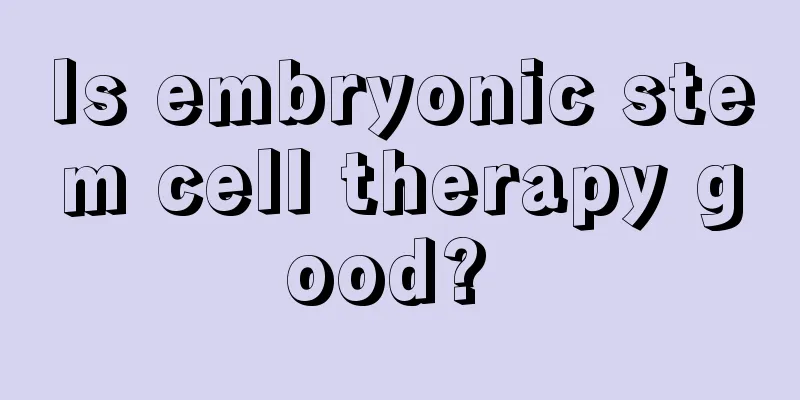Methods of thoracoscopic radical resection of esophageal cancer

|
When it comes to esophageal cancer, everyone will involuntarily think of cancer, because even though modern medicine is so advanced, it is still helpless against cancer, especially in the late stages of cancer. Therefore, we should have regular physical examinations, and once we find that we have cancer, we should seek timely treatment, because if the disease is discovered early, it can still be effectively treated. Below, I will introduce some methods to treat esophageal cancer. ① Esophageal inversion extraction surgery is mainly applicable to hypopharyngeal and cervical esophageal cancer; ② Esophageal blunt separation and resection can be used for esophageal cancer in various thoracic segments without obvious external invasion of the tumor; ③ Partial cervical sternal split incision is used for upper thoracic esophageal cancer above the lower edge of the aortic arch. After removing the tumor and esophagus, these surgical procedures use the stomach or colon to be lifted to the neck through the esophageal bed and anastomosed with the esophagus or pharynx. This type of surgery has the advantages of less trauma and less impact on cardiopulmonary function, but it cannot perform mediastinal lymph node dissection. 6. Open chest surgery mainly includes: ① Left posterior lateral incision: suitable for middle and lower esophageal cancer; ② Right anterolateral incision: suitable for middle and upper esophageal cancer. After the tumor is removed, the stomach is lifted to the right chest through the xiphoid hiatus through the abdomen and anastomosed to the esophagus. The length of esophageal resection should be at least 5-7cm away from the edge of the tumor; ③ If the lesion is high, in order to ensure that the esophagus is resected long enough, a 13-point neck incision can be performed, and the stomach is sent to the neck and anastomosed to the esophagus, that is, three incisions on the right chest, upper abdomen and neck. Currently, the three-incision 1:3 method is often advocated for esophageal cancer above the middle segment. Lymph node dissection should be performed at the same time. 7. After esophageal cancer resection, the stomach and colon are often used to reconstruct the esophagus. The stomach is the most commonly used because of its rich blood supply, strong healing ability, simple operation, and only one anastomosis, which can be anastomosed by instrument or hand. Because the stomach can be lifted up to the neck, it can be used for resection and reconstruction of various sections of esophageal cancer. 8. The colon can be cut to a sufficient length to anastomose with the pharynx or cervical esophagus, which can be used for bypass surgery for patients whose tumors cannot be removed or for reconstruction of esophageal cancer after subtotal gastrectomy. After the hypopharynx and upper cervical esophagus are removed, the cervical esophageal defect can be reconstructed with stomach and intestine, free jejunum transplantation or myocutaneous flap. |
<<: How much does esophageal cancer surgery cost
>>: Can advanced esophageal cancer be cured?
Recommend
Can Xiaoyao Pills remove chloasma
Chloasma is a problem that many women will encoun...
Is it possible to have a natural birth six years after a caesarean section?
When a woman is giving birth, there are many fact...
How to prevent prostate cancer in men
Disease, and among many male diseases, prostate c...
Tips for fixing bone stuck in throat
When eating bones or fish, the biggest worry is t...
What are the drugs for treating hyperthyroidism
Currently, more and more people are suffering fro...
How long can you live with early stage gallbladder cancer
Although cancer is not as scary as it used to be ...
How to diagnose early rheumatoid arthritis?
Rheumatic disease is a type of joint disease that...
What are the symptoms of advanced lung cancer? Four common symptoms of advanced lung cancer
As lung cancer develops, the symptoms that patien...
Three symptoms indicate colon cancer
Colorectal cancer refers to malignant tumors that...
How to wash a stainless steel pot with ketchup so it doesn't turn black
Stainless steel pots are a common utensil in our ...
What are the hazards of sulfur to the human body
Sulfur is a chemical raw material and also a subs...
How soon after birth should a baby get vaccinations?
For many diseases that children are prone to, esp...
What are the staging manifestations of prostate cancer
In recent years, prostate cancer has become a maj...
What are the symptoms of small triple positive?
Patients need to pay attention to the disease of ...
At night, my whole body itches and I scratch it and itches
Many times, due to not paying attention to person...









